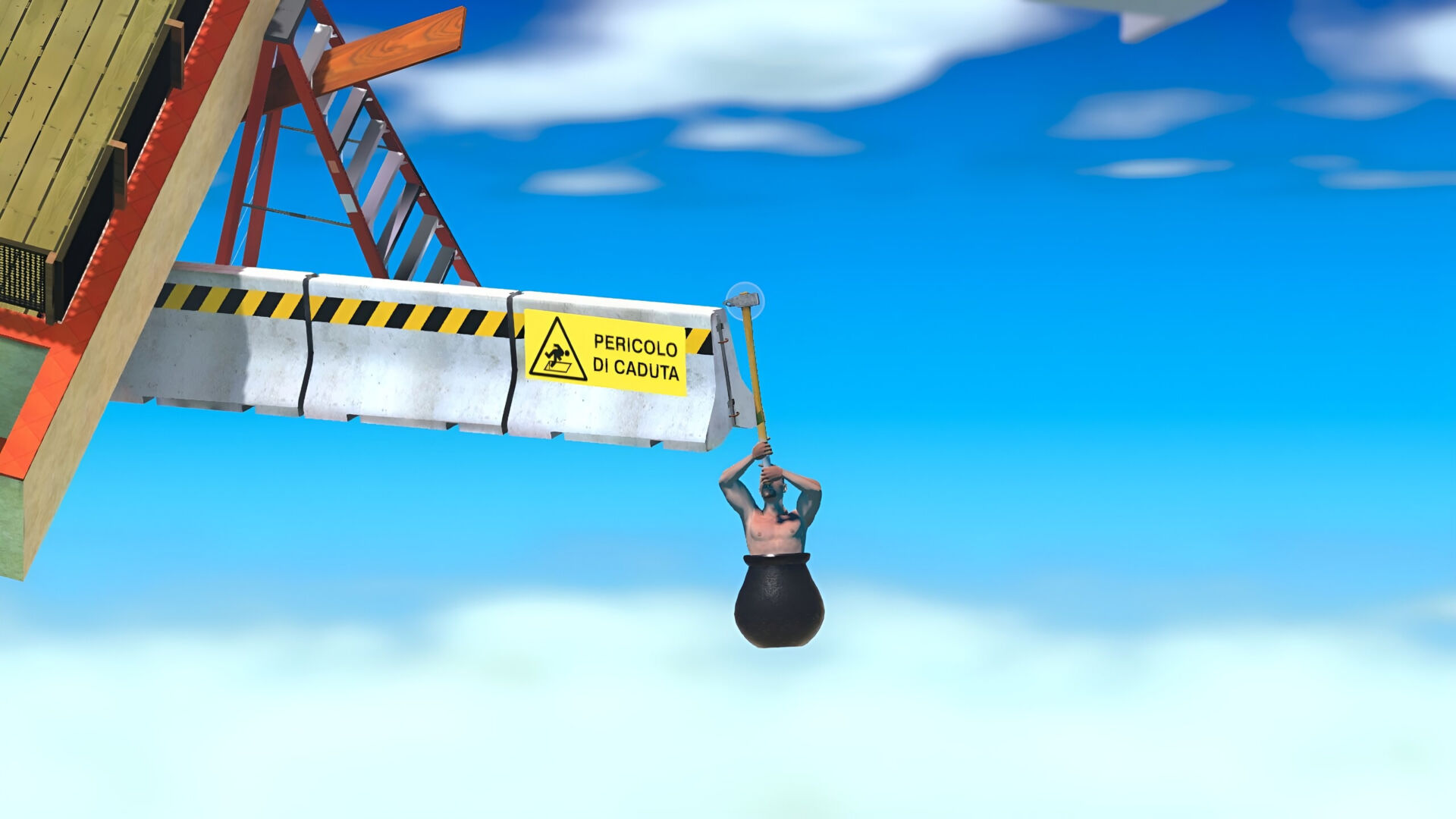Easy, medium, hard, or insane? The challenge of designing difficulty levels in games
In the gaming universe, striking the right balance in difficulty level can be pretty tricky. Sure, we all crave a challenge to keep us hooked, but crank up the difficulty too much, and it’s game over. So, how do the creative minds behind our favorite games keep us entertained without driving us mad? There’s no magic formula, but let’s dive into a few strategies they employ to keep games just the right amount of challenging.
Arcane Workshop, a YouTuber with a knack for dissecting gaming topics, recently took on this very issue in an in-depth look back that kicks off with a nostalgic encounter with Ninja Gaiden on the NES back in ’88. For a quick intro, Arcane Workshop is a YouTube channel that serves up deep dives into various gaming elements. Though not a novel concept, the channel stands out with its somewhat brooding tone and sophisticated language filled with metaphors and thoughtful perspectives. It might not be everyone’s jam, but it’s definitely worth a watch.
In the mentioned video, Arcane Workshop gets down to business, exploring the key elements that make a game’s difficulty feel fair and doable. It’s all about ensuring players can level up if they put in the elbow grease. If a game seems random or unfairly tough, players will bail, fast. Arcane also emphasizes the modern-day must-have of allowing players to tweak the difficulty settings, letting them dial up or down their challenge based on their skill level, often broken down into easy, medium, and hard settings. Some games even allow a more detailed difficulty adjustment, like changing the enemy count or damage levels.
Arcane Workshop also reminds us that difficulty is in the eye of the gamer. What’s a breeze for one might be a bummer for another. It’s vital to gather early feedback from test and beta players to ensure the challenge level is just right for the target audience. This helps developers create games that hit the sweet spot of being challenging enough to keep players hooked and coming back for more. Striking this balance can create a feeling of achievement and satisfaction when players conquer a tough level, or even add a little extra excitement to the game. But, tip the scales too far and frustration sets in, causing players to quit. The goal is to balance challenge and accessibility to cater to a broad player spectrum.
In the end, Arcane Workshop concludes that difficulty boils down to personal taste. Some gamers live for the thrill of a challenge, while others would rather chill. There are notoriously tough games out there that players simultaneously love and loathe for their difficulty (looking at you, Getting Over It with Bennett Foddy 🫵🏽🤨). On the flip side, there’s a plethora of casual games offering an easier ride that still manage to reel in hundreds of millions of fans worldwide. Ultimately, it’s up to developers to dish out games with a range of difficulty levels, allowing players to find the perfect match for their gaming preferences. Pulling this off isn’t just easy, normal, or hard—it’s legendary. It’s about nailing the whole difficulty conundrum. Give it a watch, it’s a game-changer – and if you like it, consider supporting Arcane Workshop on Patreon.
The Difficulty of Difficulty
Hero image: screenshot of Getting Over It with Bennett Foddy by pxfuel.com.


Reply article Reply answer